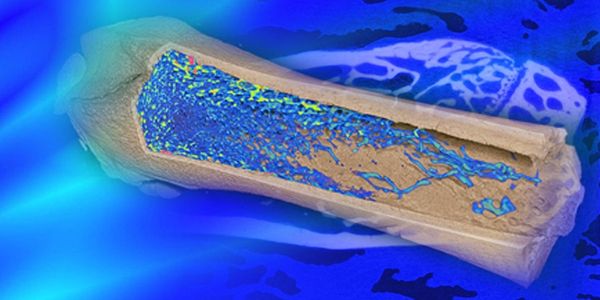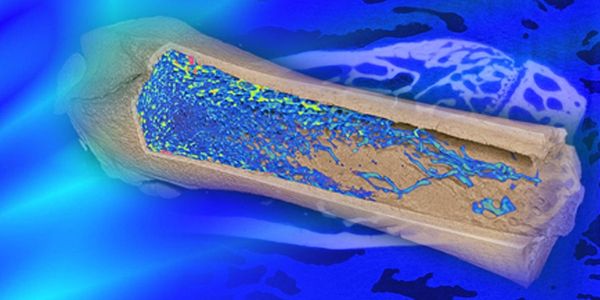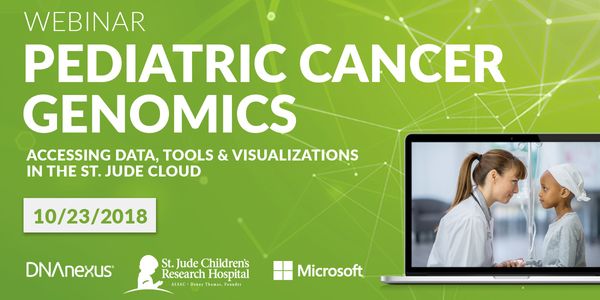Computational Biology
Computational Biology: covers the development and application of data-analytical and theoretical methods, mathematical modeling and computational simulation techniques to the study of biological, ecological, behavioral, and social systems.
-
In biomedical research, data should be treated as first-class corporate assets--they were expensive to create, they are expensive to maintain, and they have future business value. The petabyt...Speaker: Chuck Donnelly , Julie MorrisonPresented at: Laboratory Animal Sciences Virtual Event Series 2019
DEC 10, 2018 | 10:00 PM
DATE: December 11, 2018TIME: 06:00 PSTIt’s understood and accepted that animal disease models generally offer great value for pre-clinical research and efficient drug screeni...
DEC 06, 2018 | 8:00 AM
DATE: December 6, 2018TIME: 11:00am EST, 5:00pm CET Introduction Micro-computed tomography (micro-CT) offers significant advantages o...
DEC 06, 2018 | 1:00 AM
DATE: December 6, 2018TIME: 10:00am CET, 5:00pm CST Intro Micro-computed tomography (micro-CT) offers significant advantage...
NOV 15, 2018 | 1:00 PM
The Neon transfection system enables robust transfection efficiencies in hiPSC for DNA, mRNA and Cas9/gRNA RNP complexes. For hiPSC these improved transfection as well as post-electroporation...
NOV 15, 2018 | 8:00 AM
DATE: November 15, 2018TIME: 11:00am EST, 5:00pm CET Applications of micro-CT technology in endodontics Abstract ...
NOV 15, 2018 | 1:00 AM
DATE: November 15, 2018TIME: 10:00am CET, 5:00pm CST Applications of micro-CT technology in endodontics Abstract Microcomputed tomography (mic...
Analytical chemistry can take you to strange places - for me it has been to the bottom of a quarry, being covered in dirt, excavating sesame-seed sized fossils that allow us to work out when...
Everyone that uses titration in their lab knows how simple and fast the technique can be. However, uncertainty around when to replace electrodes creates confusion. Reagent quality, tubi...
Speaker:
Jessica McVay
, Lori Spafford
This intensive workshop will introduce infrared spectroscopy, outline the various sample handling methods and provide guidance on the numerous transmission and reflectance methods available f...
Ion mobility-mass spectrometry (IM-MS) is a rapid, gas-phase separation technique that has become an integral part of the analytical repertoire of techniques for the -omics. This method coupl...
Solid phase microextraction (SPME) is a versatile, non-exhaustive sample preparation tool that has been demonstrated to be well-suited for facile and effective analysis of a broad range of co...
Speaker:
Barbara Bojko, PhD
, Janusz Pawliszyn, PhD, FCIC, FRSC
Presented at: Analytical Chemistry Virtual Event Series 2018
In the postgenomic era, one expects the suite of chemical players in a brain region to be known and their functions uncovered. Perhaps surprisingly, many neurochemicals remain poorly characte...
A fast, reliable and low cost characterization of materials/ products as fed to a process, and/or resulting from different processing actions, represents one of the most challenging targets i...
























